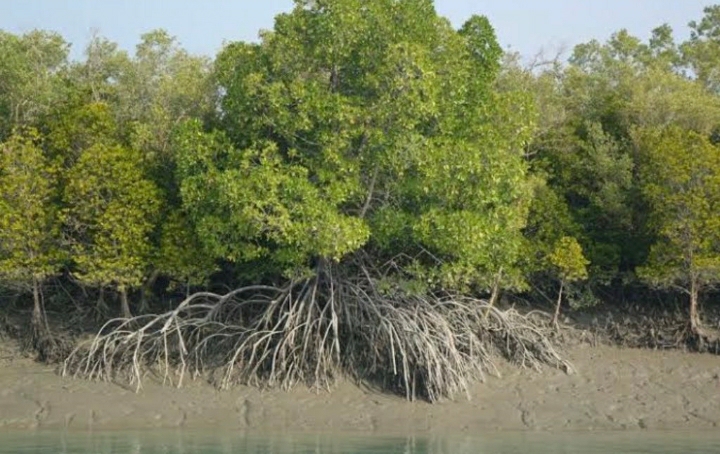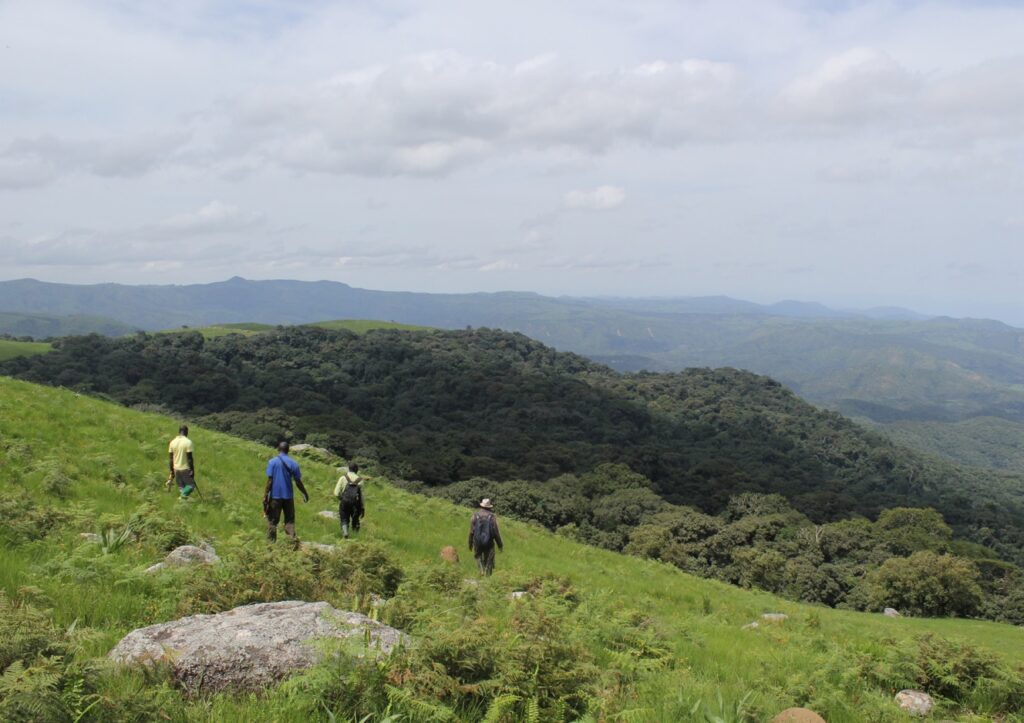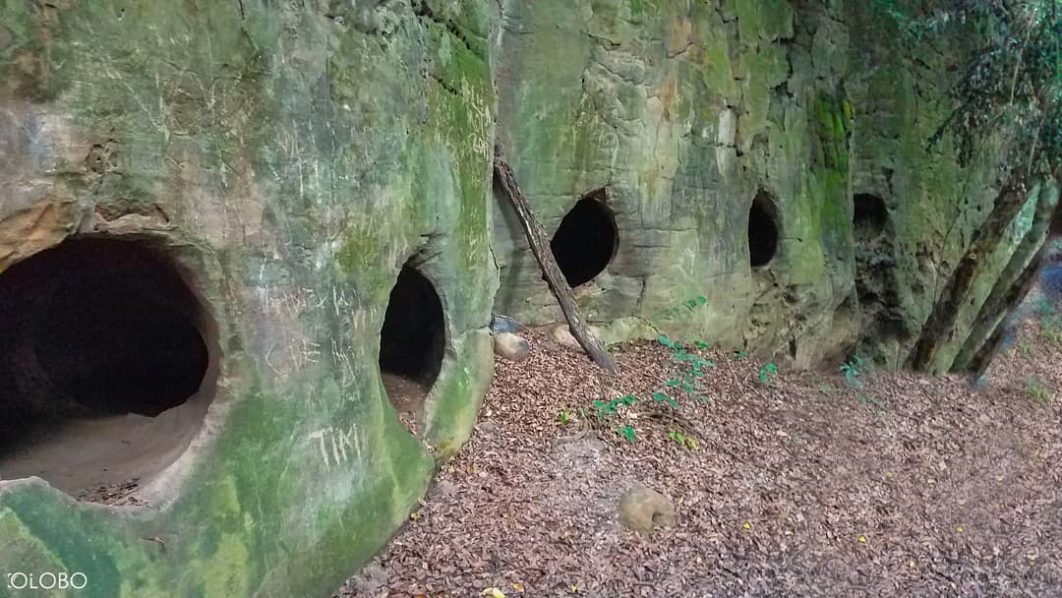Introduction
Welcome to a thrilling journey where we’ll uncover the less-explored gems of Nigeria, a country bursting with vibrant cultures, stunning natural landscapes, and rich historical sites. From the whispering mangroves of the Niger Delta to the ancient walls of Kano and beyond, prepare to discover places where few tourists have tread. Let’s embrace the spirit of adventure and explore the hidden wonders of Nigeria together!
Purpose of the article
This article aims to shine a light on Nigeria’s lesser-known destinations, inviting travelers and nature enthusiasts to explore beyond the usual tourist spots. By venturing off the beaten path, you’ll gain a deeper appreciation for the country’s diversity and contribute to the sustainable growth of local communities.
Brief overview of Nigeria’s diverse landscapes and cultural heritage
Nigeria is a land of diversity, from lush rainforests and vast savannahs to bustling cities and quiet villages, each region offering unique cultural experiences. This vast geographical variety molds a cultural tapestry that’s just as rich, marked by colorful festivals, traditional crafts, and folklore passed down through generations.
Importance of exploring less-known destinations
Exploring lesser-known destinations not only satiates your inner explorer but also helps alleviate the strain on more crowded tourist spots, contributing to more balanced local development and conservation efforts.
The Enchanted Mangroves of the Niger Delta
Unique ecosystem and biodiversity of the Niger Delta

The Niger Delta, with its sprawling mangrove forests, is one of the world’s largest wetlands and offers a unique ecosystem rich in biodiversity. It’s home to various species of birds, fish, and other aquatic animals, living amongst the dense mangrove roots.
Cultural significance and lifestyle of the local communities
Local communities here rely on the mangroves for their livelihood, using traditional fishing and farming methods that have been passed down for generations. The mangroves are not just a source of income but a crucial part of their cultural identity.
Conservation efforts and sustainable tourism opportunities in the region
Efforts to conserve the delicate ecosystem of the Niger Delta are in place, focusing on sustainable tourism practices that ensure minimal impact on the environment while benefiting local communities economically.
The Ancient Allure of the Kano City Walls
Historical background of the Kano city walls

Constructed over a millennium ago, the historic Kano city walls were built to protect one of Africa’s most prosperous trading hubs. These walls tell tales of commerce, culture, and conquest, standing resiliently as a testament to Kano’s storied past.
Architectural importance and preservation status
The grandiose design and scale of the walls highlight the architectural genius of ancient Sahelian civilizations. Preservation efforts are ongoing to maintain their integrity and historical significance.
Cultural festivals and local crafts showcasing Kano’s heritage
Kano is renowned for its vibrant cultural festivals and the intricate craftsmanship of its locals, from beautifully dyed textiles to handcrafted leather goods. These traditions are celebrated annually at various cultural events, which draw both national and international attention.
The Idanre Hills: Nature Meets Mythology
Geographical and natural wonders of Idanre Hills
Rising majestically from the plains, the Idanre Hills are not only a geographical marvel but also a sanctuay for a diverse array of flora and fauna. The rugged landscapes offer stunning vistas at every turn.
Ancient myths and legends tied to the region
The hills are steeped in local myths and legends, some of which are told by local guides during climbs. These stories add a mystical element to the already mesmerizing hiking experience.
Hiking trails and outdoor adventures for nature lovers
Idanre Hills provide challenging trails for hiking enthusiasts and nature lovers, offering not just a trek but an intimate experience with nature’s untouched beauty.
The Tranquil Escape to Ngel Nyaki Forest Reserve
Flora and fauna unique to Ngel Nyaki Forest

This lesser-known forest reserve is a biodiverse area rich with rare species of plants and birds, making it a significant site for ecological research and conservation.
Research and conservation projects underway
Several research initiatives aim to understand and preserve the unique ecological characteristics of Ngel Nyaki, helping to ensure its survival for future generations.
Experiences for ecological tourism and bird watching
For those interested in ecological tourism or bird watching, Ngel Nyaki offers a tranquil escape into a world where nature’s calm envelopes you, and rare bird species are the stars of the show.
Gashaka-Gumti National Park: A Wildlife Sanctuary Untapped
Overview of species diversity and wildlife
As the largest national park in Nigeria, Gashaka-Gumti is teeming with life, housing everything from elephants and lions to various primate species. This park serves as a critical sanctuary for many endangered species.
Ecotourism and its impact on local economy and conservation
Ecotourism initiatives here are designed to foster a symbiotic relationship between conservation efforts and the improvement of the local economy, by involving communities in tourism activities that highlight the natural beauty of their environment.
Guided tours and best times to visit for wildlife enthusiasts
Guided tours are available, offering wildlife enthusiasts the chance to safely explore deep into the habitats of some of Africa’s most elusive animals. The best times to visit are during the dry seasons, from October to March.
The Magical Waters of Wikki Warm Springs
Therapeutic properties and natural beauty of the warm springs
Nestled in the heart of Yankari National Park, Wikki Warm Springs is famous for its clear, warm waters, which are assumed to have therapeutic properties. The surrounding beauty makes it a good spot for relaxation and rejuvenation.
Cultural stories surrounding the origins of Wikki Warm Springs
The springs are not only a natural wonder but also a cultural treasure, with various local legends describing their mystical origins and the healing powers they possess.
Tips for planning your visit: accommodation and other activities
Accommodations ranging from hotels to eco-friendly lodges are available near the springs, along with opportunities for wildlife safaris and cave exploration, making it ideal for an extended stay.
Conclusion
As we recap the journey through Nigeria’s unexplored wonders, it’s clear these destinations offer more than just beauty and solitude; they are vital parts of Nigeria’s cultural and natural heritage. I encourage all travelers to embrace sustainable and respectful tourism practices when visiting these and other less-known locations. Discovering these hidden gems not only enriches your travel experience, it also supports the preservation and appreciation of such incredible sites.
Read Also: Celebrating Diversity: Exploring Nigeria’s Vibrant Cultural Festivals
Read Also: Nigeria’s tourism industry: 9 hidden gems you should explore
FAQs
What is the best time of year to visit these hidden gems in Nigeria?
The best time to visit is during the dry season, typically from November to March, when the weather is more favorable for travel.
Are there any specific cultural norms or rules tourists should be aware of while visiting these locations?
Yes, it’s very important to show respect for local customs and traditions. Always seek for permission before taking photographs of people or sacred sites.
How accessible are these hidden regions for international tourists?
While some areas can be reached by road, others might require more effort, such as hiring local guides or special transport arrangements due to less-developed infrastructure.
What are the recommended safety precautions for tourists exploring these less developed areas?
Ensure you have a local guide, stay aware of your surroundings, and follow all advised safety protocols during your visit.
Can these locations accommodate tourists with disabilities?
Accessibility varies significantly. Major cities and popular tourist spots are more likely to have accommodations for disabilities, but remote areas might not be as equipped. Always check ahead with tour operators or local contacts about specific needs.
